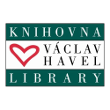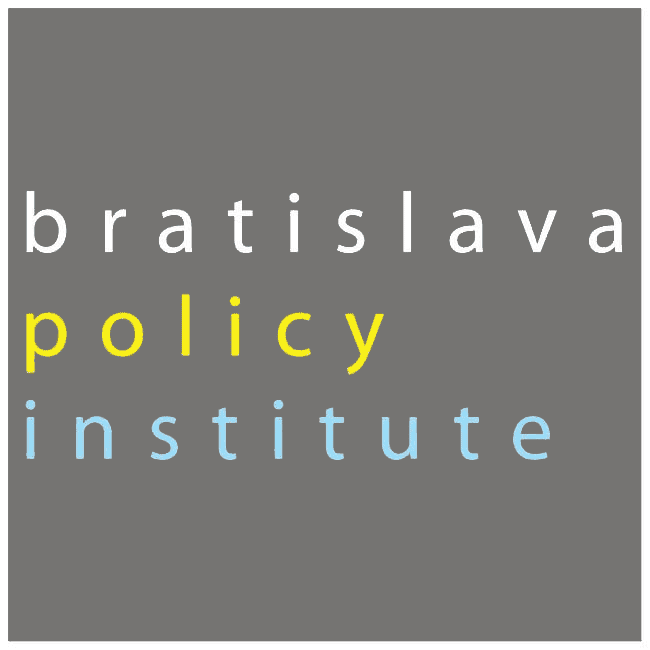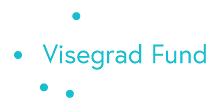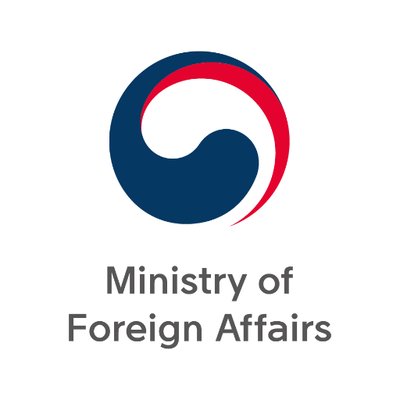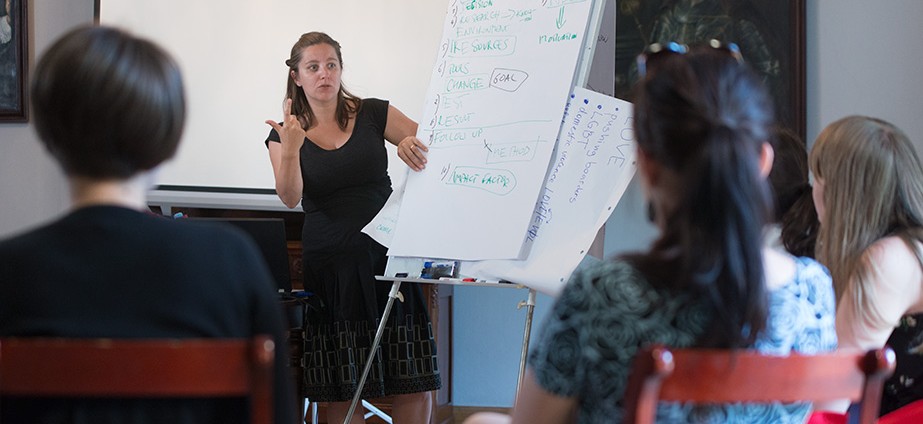
Got an idea?
To learn how to put an idea for a cultural project into action was one of the expectations towards this Lab the participants uttered upon request of their tutor Łucja Piekarska-Duraj – heritage trainer, social anthropologist and cultural project manager. “To start your project with an idea is a very good point. And you might be surprised: Surveys show that most European projects do not start with an idea,“ the tutor remarked. Determined investments or the maintenance of institutions might be decisive instead – and resulting exhibitions often turn out to be mere presentations of objects. “Generally, objects do not function without ideas“, Łucja Piekarska-Duraj commented. She announced that tools for coming up with ideas will be imparted in this Lab – since taking an idea as the starting point is the ideal approach after all.
Besides the importance of ideas, the first crucial lesson the participants were taught contained the five fundamental questions (favourite questions of evaluators) they should be able to answer regarding their projects: What? How? Why me? Why my team? Why now?
Approaching heritage
The session went on with quite particular tasks that made the participants think about identity, memory and heritage: They had to present themselves in relation to one of their deceased ancestors and afterwards in relation to one deseased person they view as a hero, someone by whom they are greatly inspired. Subsequently, they discussed their impressions, the emotions they went through during the tasks. It turned out that for everyone it was somehow a very special experience and that talking about their hero – a person that everyone can google – was considerably easier than talking about the own ancestor e.g. the deceased great grandmother. Most of the group members found it strange or even quite uncomfortable to share private memories publically. But all agreed that the first round, relating to the ancestors, was much more interesting because something unique was shared. They were inspired to think about who has a bigger influence on them: Their ancestors or their heros? “My hero owes me more than my ancestor“, did someone notice.
The next step was to outline what knowledge about heritage did the participants gain from this considerations: “Personal memory is difficult to transform into public memory.“ “There is a strong connection between one's heritage and one's identity.“ “The value of heritage can change. Cultural managers need the ability to shape the importance of certain heritage.“ These were some of the given answers. Łucja Piekarska-Duraj stressed that “the connection between the past and us is crucial“. She encouraged the group to think of heritage not as something static, but in terms of relations. Cultural managers, therefor, have to put emphasis on the aspect of making relations, even more than focussing on the facts, as she argued. “We are not interested in conserving the past but we want to give an access to it!“ In this regard, she explained that it is important to give “We“ culture (focussing on common interests) the preference towards “I“ culture (focussing on one's own interests). “That is how we encourage people to participante in our project. We get no funds if the project is socially exclusive.“ Further shortly mentioned points were the immense influence of representation upon heritage and the often difficult question of the ownership of heritage.
From an apple to Slytherin
Then, Łucja Piekarska-Duraj introduced the first tool which is greatly useful for a cultural worker: Mindmapping. “Investigations revealed that the brain does not function in a linear way, but makes crossover connections.“ And most notably, “heritage is about meaning, associations, connections“ – that's why it perfectly corresponds to the concept of mindmaps. Together the participants mindmapped an apple and were surprised about where their association chains led. For example they ended up with freedom (apple – New York – freedom) and in an other chain they even got to Slytherin (apple – Eden – serpent – Slytherin).
The next task was to mindmap in smaller groups the concepts of culture, identity and heritage. But the respective source word had not to be indicated on the mindmap, the other groups should guess it on the basis of the developed association chains. This was quite easy. More revealing was to compare the mindmaps of these abstract concepts with the previous apple-mindmap. The participants noted that taking a simple thing as a starting point opens up much more creativity. “It's like a game, one becomes a child again.“ And this is indeed the approach the tutor recommended for cultural projects, admitting that, on the other hand, a mindmap out of an abstract aspect can be useful in certain situtations, e.g. for writing a book or an article. But for all kinds of mindmaps she recommended the usage of as many symbols, pictures and colours as possible. And beyond that: “The deeper we go the better. We have to read between the lines.“
by Jill-Francis Käthliz



